01 Sep All You Need To Know About Da Hong Pao
A traditional Chinese tea, oolong is probably the most mysterious, multifaceted and diverse tea type there is.
Due to its semi-oxidised nature, oolong’s flavour can be described as being somewhere between green and black tea.
Some varieties, like An’xi Ben Shan or Lan Gui Ren have light, floral and grassy flavour. Others, are much closer to black tea with full bodied taste and mineral, nutty and woody aroma.
Da Hong Pao belongs to the second category and is a must-try for anyone who loves a traditional cup of black tea.
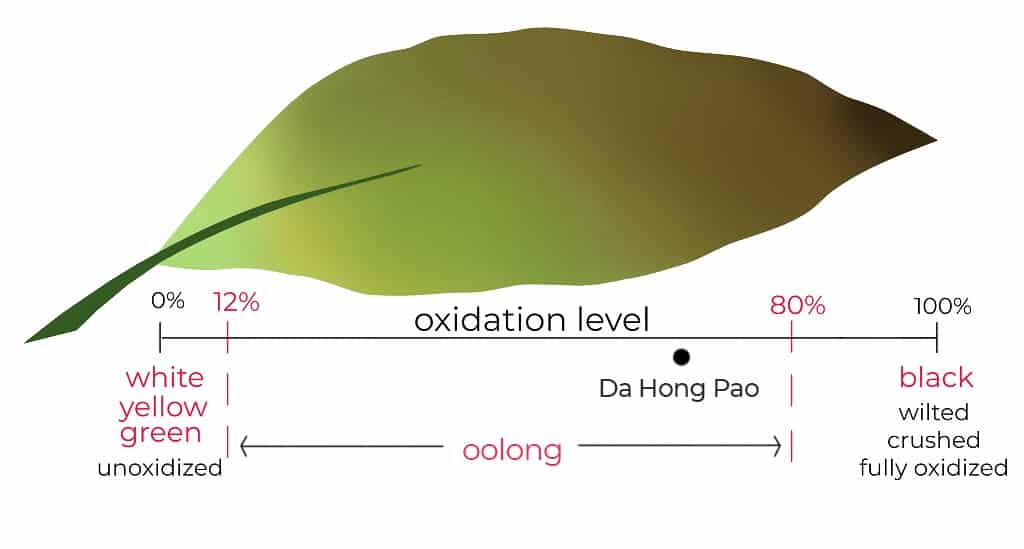
Learn more about oolong tea and embark on your tea adventure today!
What is Da Hong Pao?
Da Hong Pao (translated as Big Red Robe, 大红袍) is also known as “Yancha” or “Rock Oolong”, grown in the mineral-rich, rocky Wuyi Mountains of Fujian Province, China.
It is considered to be one of the most expensive teas in the world and is often reserved for welcoming elite guests.
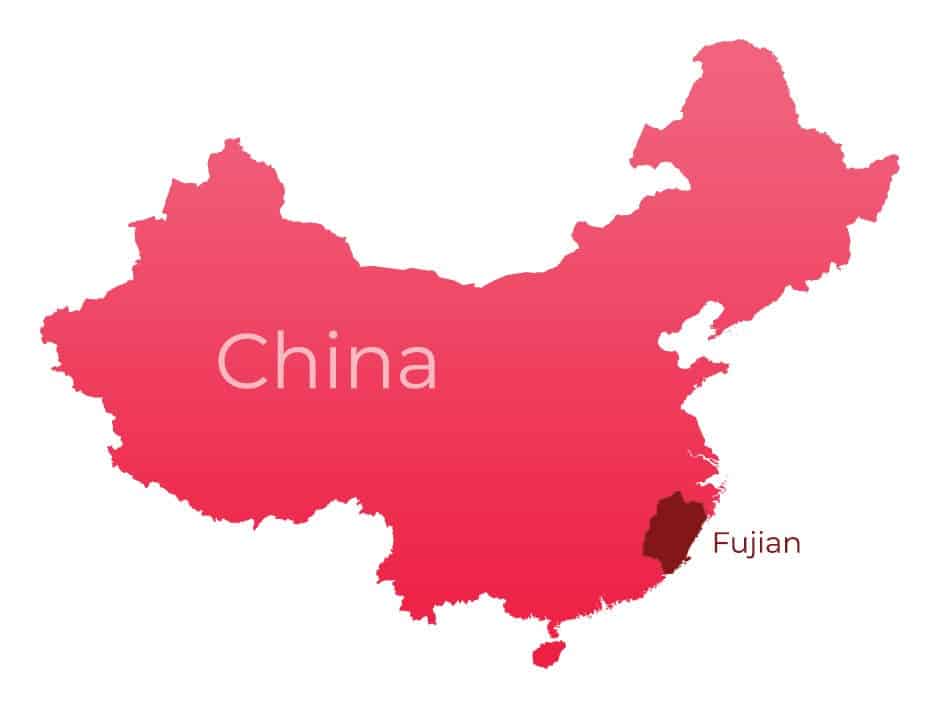
Flavour Profile
Depending on the harvest season, the cultivar and the small differences in the processing (each family have their own processing secrets which they pass on through generations), the flavour profile of Da Hong Pao can vary slightly. However, the overarching tasting notes usually describe it as dark and mineral with hints of stone fruit, brown sugar and nuts. It has a woody fragrance with mild notes of stone fruit and a velvety smooth texture.
Dry Da Hong Pao leaves have a shape that resembles tightly knotted ropes or slightly twisted strips and is dark brown in colour. Click the links below and try our Da Hong Pao Oolong tea!
Origin
The original Da Hong Pao comes from the three legendary tea trees, that grow by the famous Nine Dragon Cave in the Wuyi Mountains of North Fujian.
Nowadays, those trees are no longer being harvested, as they have been classified as a UNESCO World Heritage Site. Luckily, they cut samples of these bushes in the 1980s to plant them throughout the Wuyi area.
In 2002, leaves from the “mother bushes” were auctioned for 30 times the price of gold: 28.000 USD.
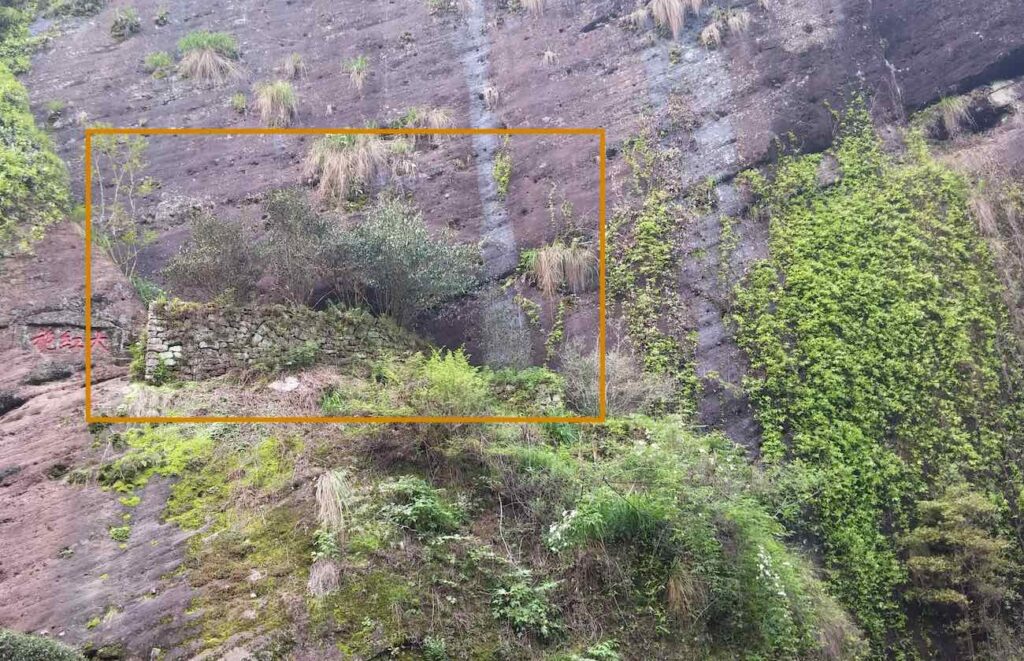
It is said that when Nixon visited China in 1972, Chairman Mao gifted him 200g of Da Hong Pao, which represented peace and friendship between China and the United States.
Insulted, Nixon asked Premier Zhou Enlai why he received such a seemingly small amount of tea. Zhou replied that this amount constituted half of that year’s harvest of Da Hong Pao, and so the President actually received an incredibly valuable gift.

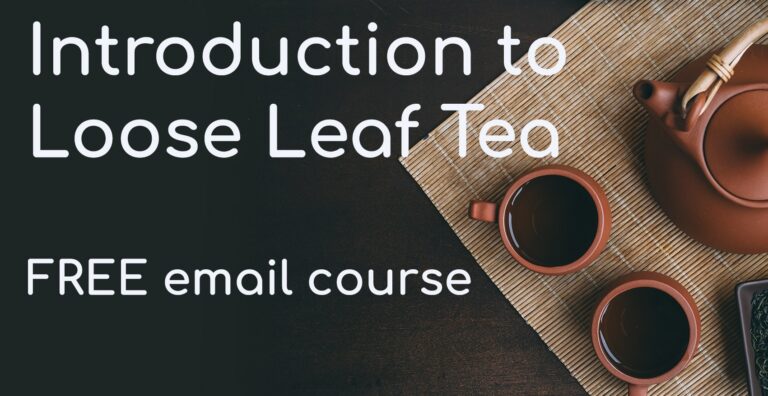
Legends
There are many legends surrounding those original tea bushes on the rocky slopes of the Wuyi Mountain, which explain how Da Hong Pao came to be. We gathered the three most popular ones:
The immortal and the 9 dragons
During the Ming Dynasty era, an immortal was fighting 9 dragons in the sky. After his triumph, the dragons fell and became the peaks of the Wuyi mountains. As a reminder of his victory, he left a cluster of tea bushes on the mountain side which monks cared for and harvested into a flavoursome tea, nowadays known as Da Hong Pao.
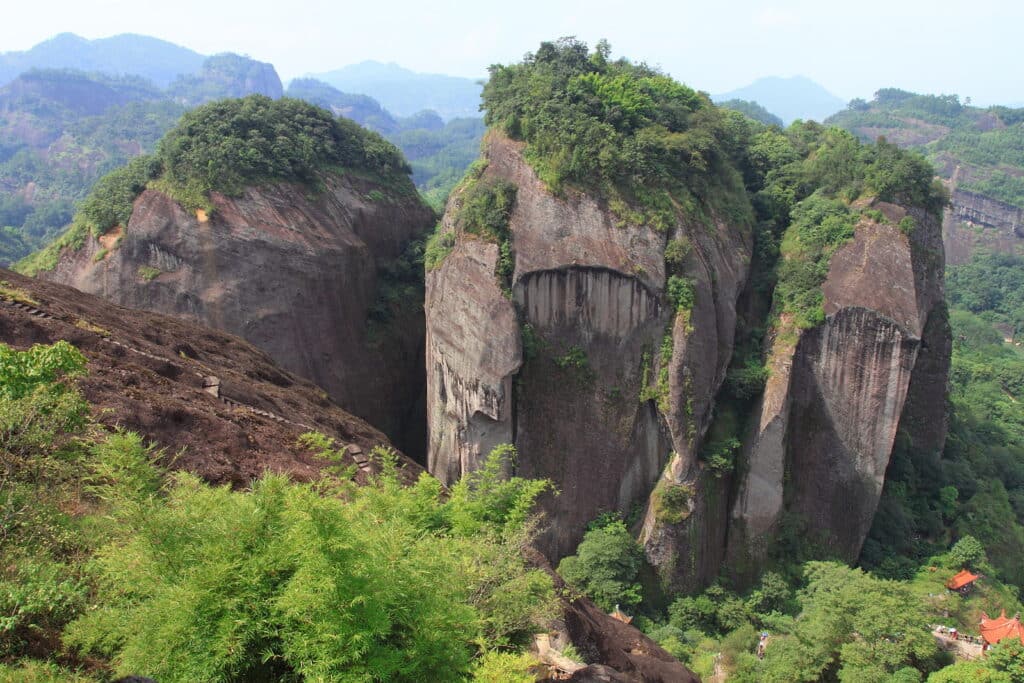
The scholar
During the Ming Dynasty, around 1385 a scholar called Ju Zi Ding, fell sick on the way to take an important exam. During this period, a bit like the class system in Romeo and Juliette, farmers, craftsmen, traders and scholars formed social bands where scholars had the opportunity to become Zhuan Yuan or advisors to the emperor.
The sick scholar was tended to by a monk who was passing and served him the special tea giving him the strength to go to his exam, passing with the highest score earning him an imperial red robe.
Ju Zi Ding returned to find the monk to thank him and ask after the tea that had cured him. He was shown to the tea trees atop the Nine Dragon Cave where out of gratitude he took off his robe and wrapped it around the tea bushes.
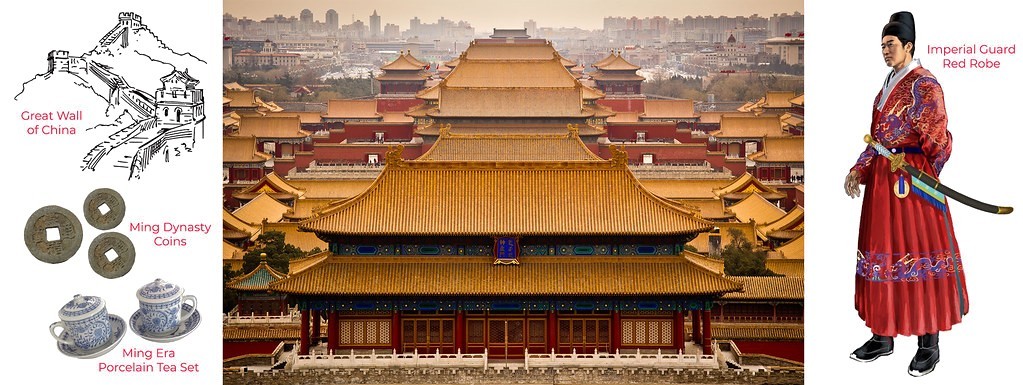
The emperor’s mother
According to this Chinese legend, an emperor’s mother came down with a mysterious illness. More than a hundred doctors failed to cure her until a travelling scholar brought an oolong tea, made from the special tea bushes in the Wuyi Mountains.
After drinking the tea, her health condition improved and she eventually recovered.
As a sign of his gratitude, the emperor gifted red robes to protect the plants.
Need something to put your tea into? Make sure to try our glass teapot!
Watch the magic come to life! Our glass teapot is perfect for serving flowering tea and for premium loose leaf tea.
Processing of Da Hong Pao
The processing of Da Hong Pao is special and passed on from generation to generation as a secret. But here are the seven important steps in the making of this delightful tea:
1. Picking is the first step as it happens once a year in May or June. From each plant you would pick one bud and 2 leaves.
2. Withering is the step where you leave the leaves under the sun, using sunlight and breeze, for the water to evaporate.
3. The third step, called cooling consist of placing the leaves on bamboo tray and let them cool down.
Once dried, the leaves are shaken and rolled in bamboo sieve. This step is important as it builds up the fragrance, taste and rhyme of “Big Red Robe”. It is a complicated and time-consuming step.
4. Stir-fry can be done in two different ways: hand stir-fry where the temperature is between 140-160 °C (284–320 °F), you need to keep turning the leaves with hands.
Mechanical stir-fry is between 220–260 °C (428–500 °F) and you don’t need to use your hands.
5. The heat “seals” the flavour and the repetition of this kneading, rolling, twisting, obviously takes time, but give the tea leaves a cord shape.
6. Baking is the final step; it deepens the level of oxidation and give a little “toasty” flavour. You would put the tea in large basket and use different temperature to heat and dry the leaves.
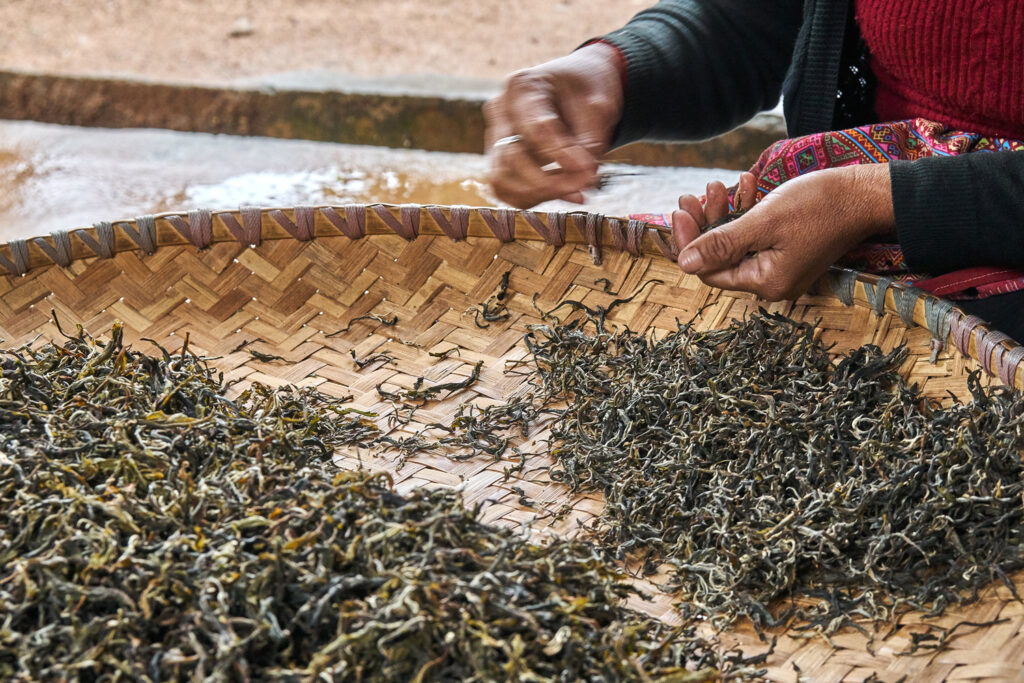
Brewing tips
Here are some brewing tips to help you get the most enjoyment out of your Da Hong Pao oolong.
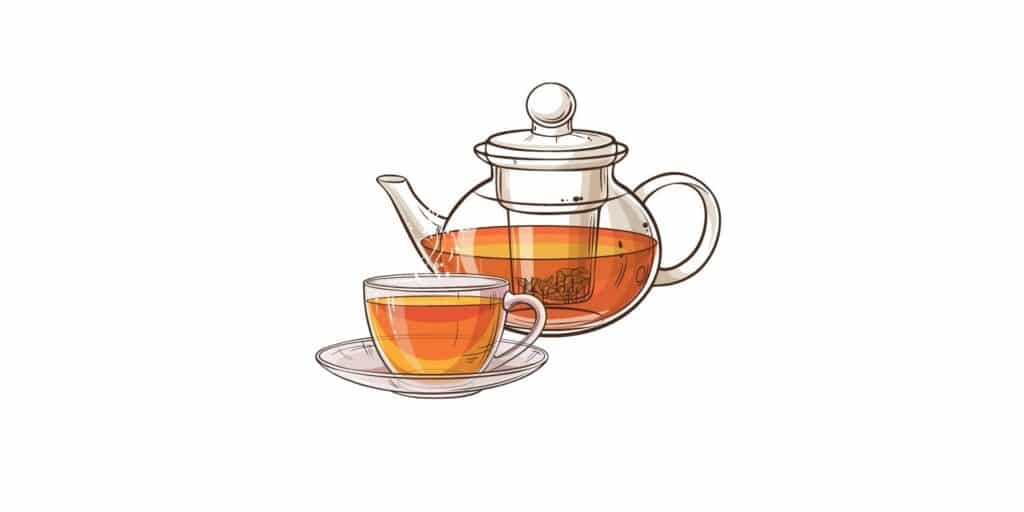
The “Western style”
Steep 3 grams ( 1 tbsp) per 350ml (teapro infuser glass) water at 80°C.
Infuse for 2-3 minutes for the first infusion and around 3-6 minutes for a second and a third times.
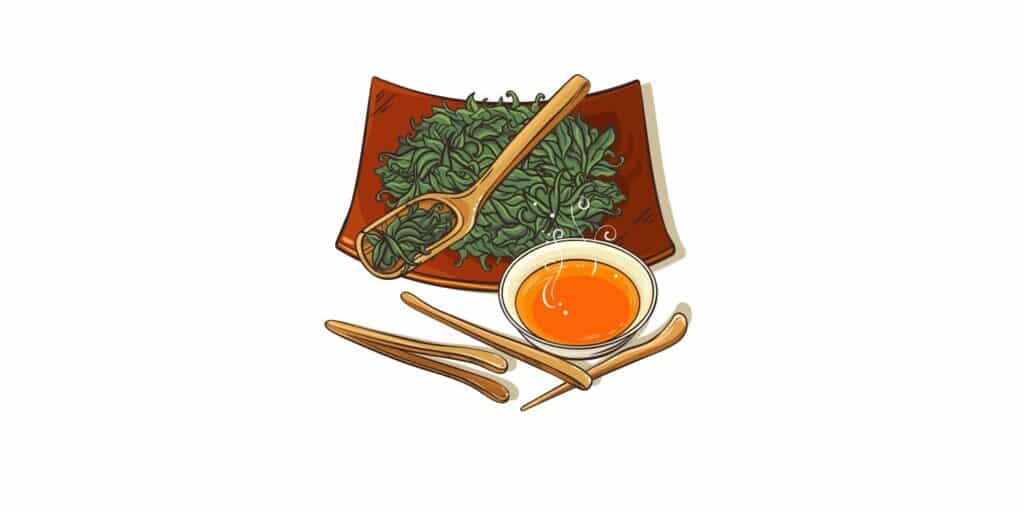
The “Asian style” or “Gong-fu”
Steep 6 grams (2 tbsp) in 150ml water (medium sized Gaiwan) at 80°C for approximately 20-30 seconds.
Infuse 6-8 times and add 5-10 seconds for each consecutive re-steep.
Want to learn more about loose leaf tea? Why not check out our free 5 day email course? Click below to sign up.
We hope you found this post interesting!
Have you ever tried Da Hong Pao before? What were your first impressions?
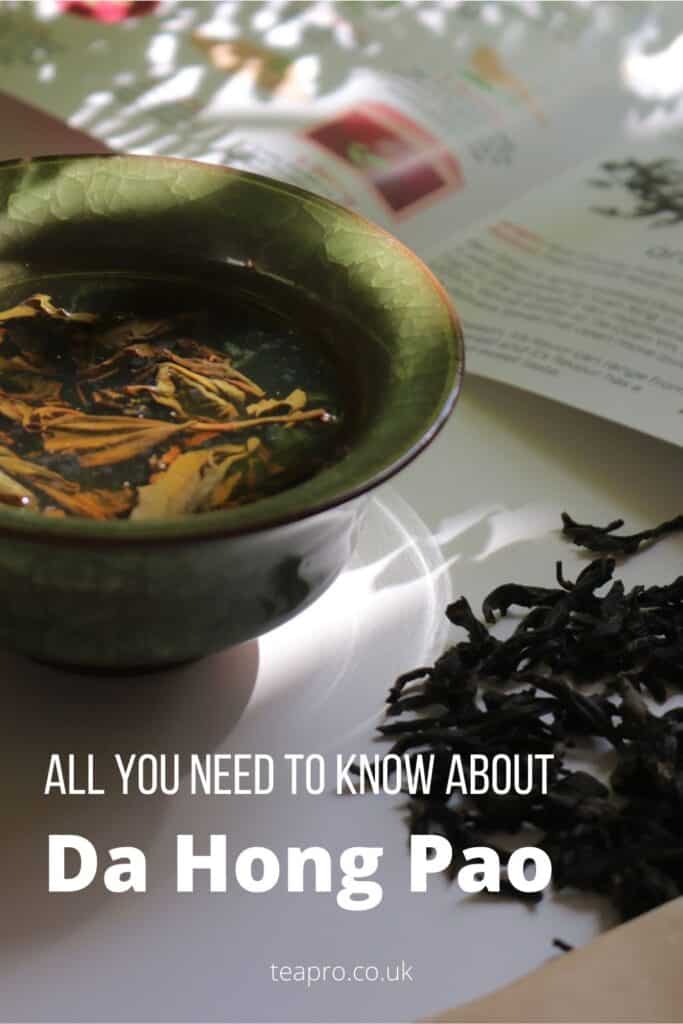

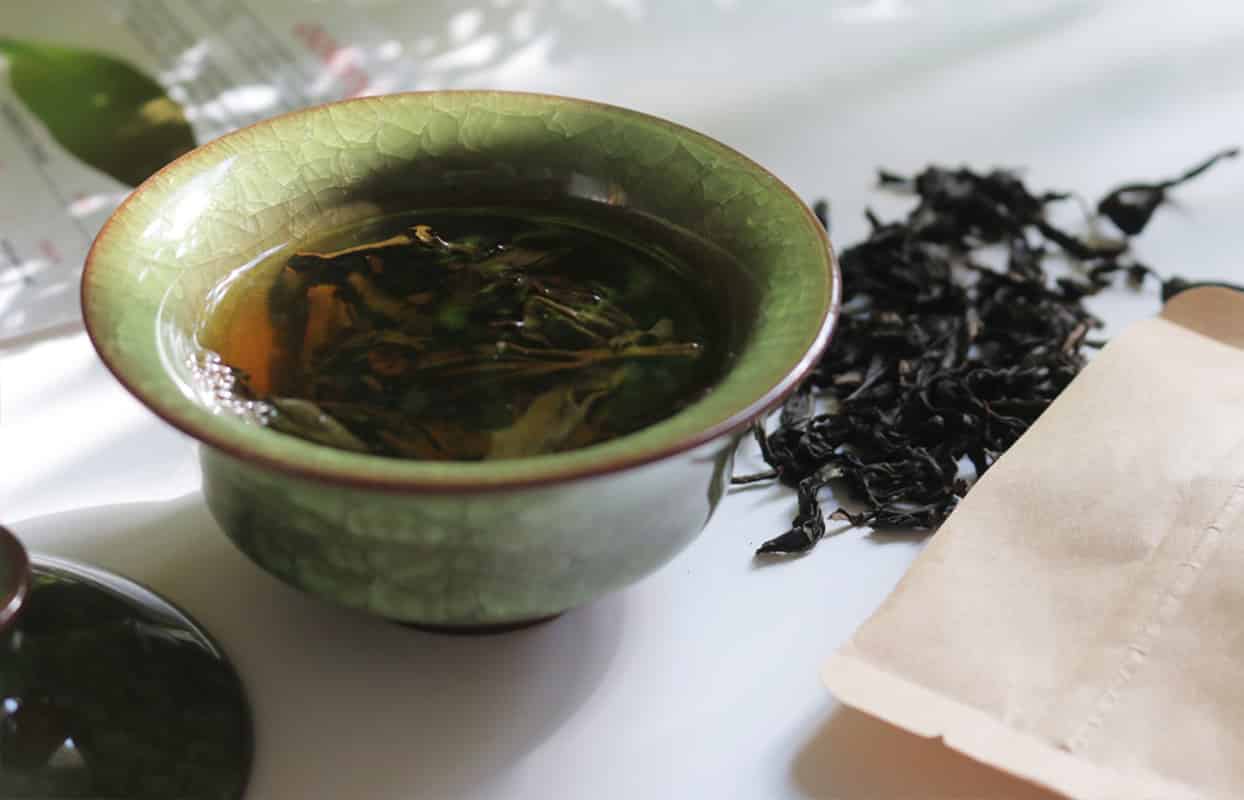
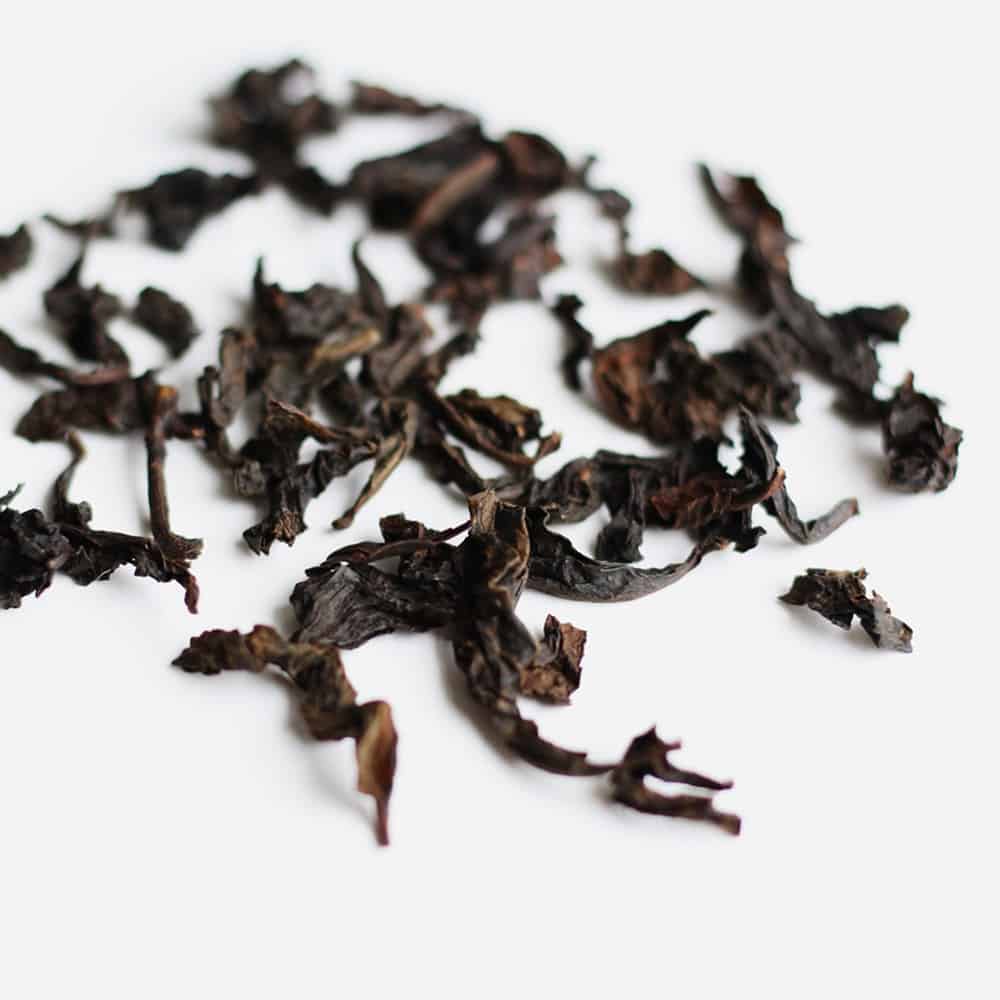
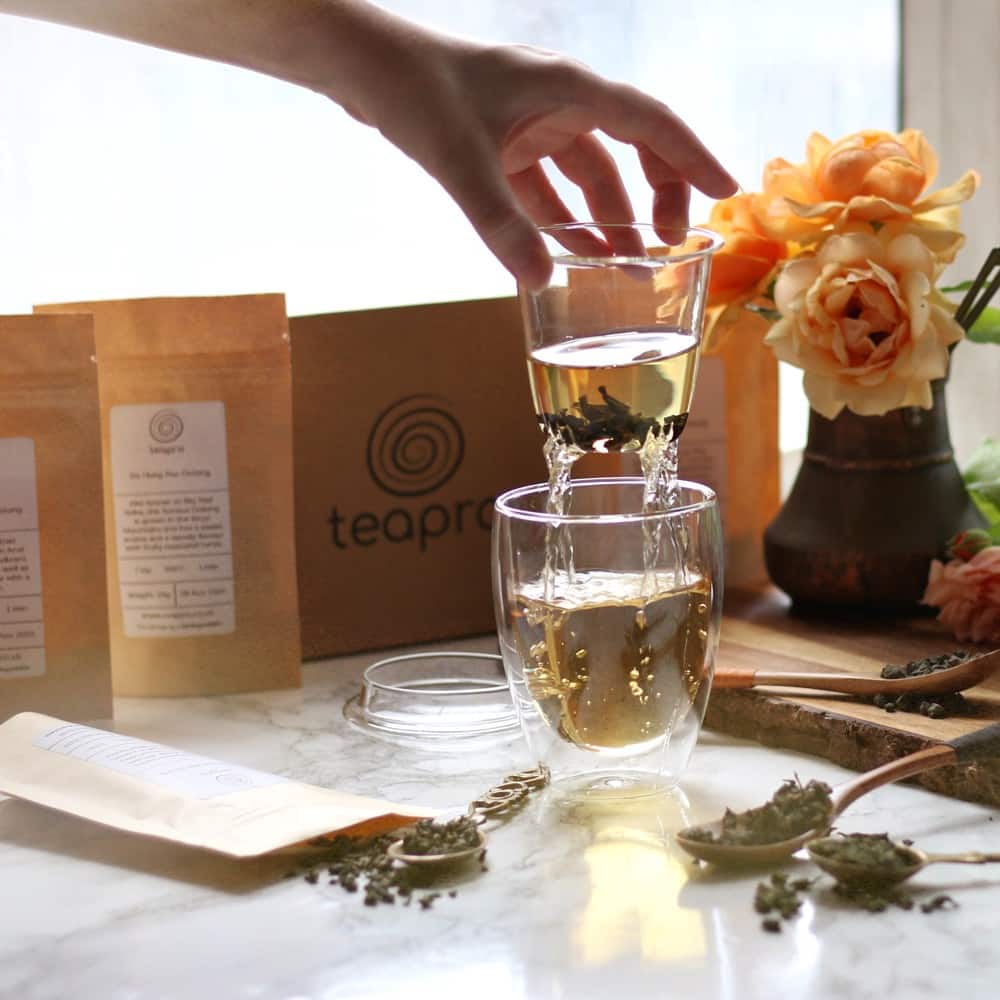
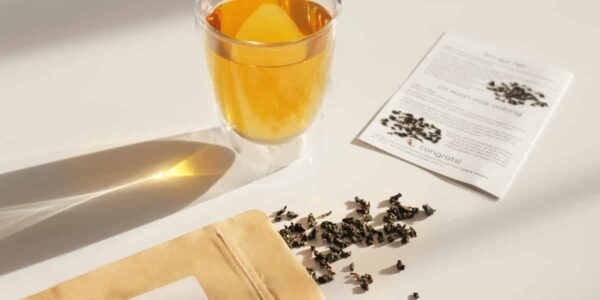
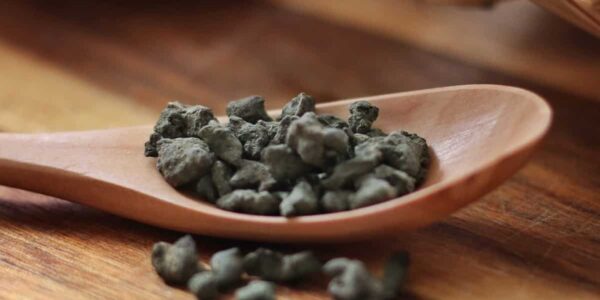
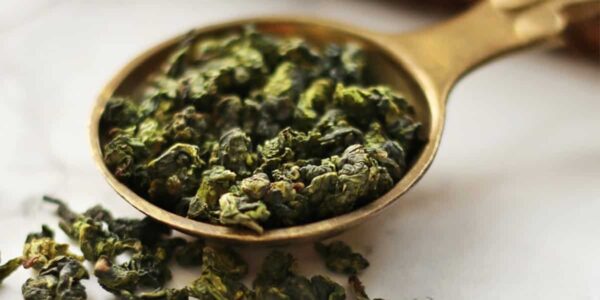
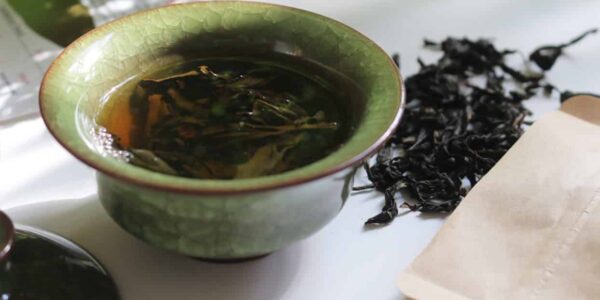
No Comments